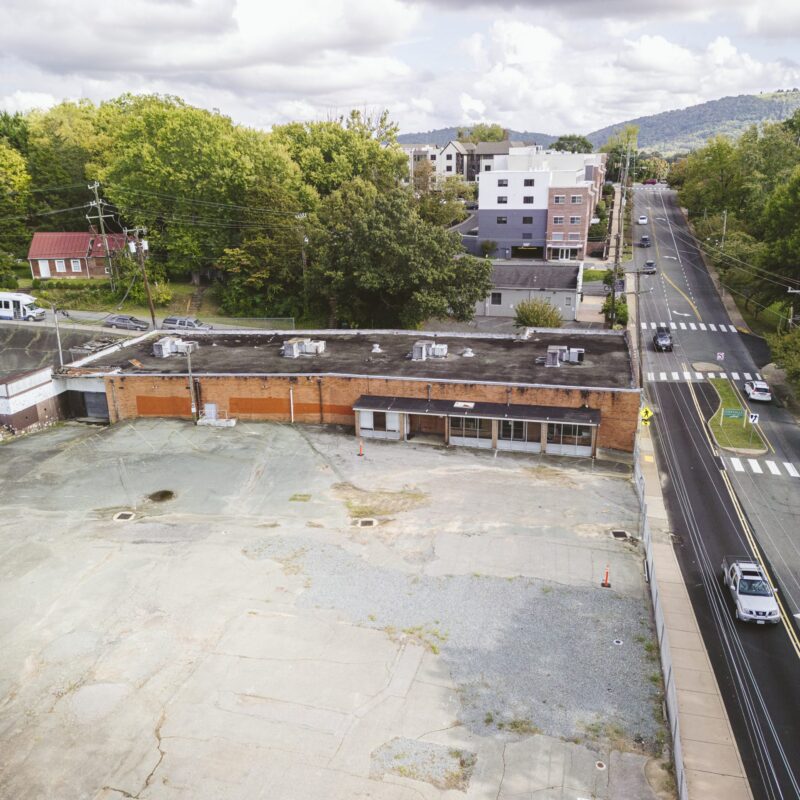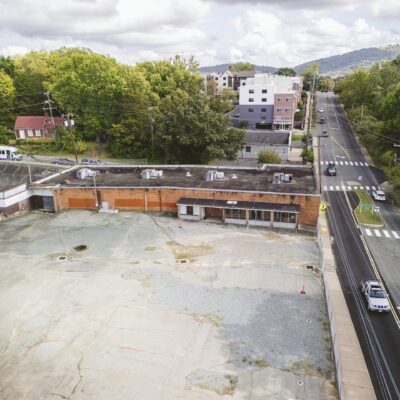You couldn’t blame the confused baby boomers walking by, wondering who, exactly, this band was that sold out the Pavilion and whose fans snaked around the lightpoles well beyond The Nook. And it wouldn’t be the first time in the last year that it’s happened.
The band they were waiting to see yesterday, Arcade Fire, occupies a very interesting place in the music industry; young people today grew up watching big-budget videos on MTV today consume music in a market where independently released music regularly reaches the top of the Billboard charts. No independently released album accomplished that feat between the years 1997 and 2007, but four did in 2010, including Arcade Fire’s third album, The Suburbs, lyrically centered on a poignant concern for people who like music like Arcade Fire: what it means to come from the suburbs. The album was also the first #1 on the charts for Merge Records, the Durham-based label that two members of the band Superchunk founded in 1989 to release their own music.
Arcade Fire.
The circumstances of the album’s release and its widespread acclaim (The Suburbs shockingly won Album of the Year at this year’s Grammy awards) give fans the sense, seven years after the band’s first album came out, that they’re a part of something that’s still flying under the radar—even if not for long. I didn’t really even want to go to the concert, until I saw the line stretching down the Mall. Then all of a sudden, I had to. There was no choice. A Craigslist search and $45 (cash) later, I was at the packed Pavilion with an eclectic audience far different from the small, young crowd that I saw at a couple of 2004 Arcade Fire shows up north.
With the eclectic mix of people in the heat, it was fitting that the show got off to a bit of a slow start, with new cuts like “Ready to Start” and “City With No Children,” plus Neon Bible standout, “Intervention.” By the second half of the set, it was very, very hot near the front of the stage, so I went to get a beer. It was then that the band broke into the propulsive “Month of May,” from The Suburbs, and the lines, the cost and the fervor of Arcade Fire’s fans, who were eagerly awaiting a singalong, began to make sense.
Arcade Fire’s "Month of May": A highlight from last night.
From afar I swore that the Pavilion had never been rocked so hard. There was so much happening onstage—two guitars, two drum sets, an accordion, pianos, two violins, bells, assorted electronics, a selection of floor toms that members of the band slammed dramatically when there was nothing else for them to do, and something like a hurdy-gurdy—that it was difficult to hear what, exactly, was happening. (My show-going companion wondered whether some of the sounds were being piped in.)
It’s interesting and painful to be a music lover in my mid-twenties, now watching the music I grew up with live through the great drama of legacy-building—especially since the Pavilion has given the community glimpses at some of the most talked-about music of this decade. One, last night, was a glimpse at the power of independently released music and, more specifically, Arcade Fire. The other time confused adults wondered what the hype was all about, was likely when LCD Soundsystem played the Pavilion in October.
What’s yrs is yrs: LCD Soundsystem’s "Dance Yrself Clean"
I must admit that I missed that show. But the New York Times’ music critic Jon Caramanica compared a later LCD show at Madison Square Garden to one The Strokes had flubbed there the night before. For LCD Soundsystem, who had announced it as their last show, they had made the choice that it would be their last tour. But The Strokes had blown it—the group that was heralded as the harbinger of a new rock revival had ditched the blown-out grit that’s been the hallmark of New York rock ever since the Velvet Underground. They went futuristic, impersonal, glossy. Talk about how The Strokes were supposed to be the “next big thing” finally eclipsed the thing itself.
If there’s anything to be said for the fall of The Strokes, and the dizzying ascent of Arcade Fire and LCD Soundsystem to the realm of cultural significance, it’s that the latter two are hugely popular on their own terms, propped up by the sense of belonging their apparent smallness gives listeners. They’re indie…but they’re Grammy winners. They aren’t amazing musicians…but they play like they really, really mean it.
Looking at where LCD Soundsystem and Arcade Fire stopped on these tours—hint: they don’t usually play small cities like Charlottesville unless they’re right next to bigger ones—makes me wonder whether Coran Capshaw is helping to create some artificial market conditions to bring these kinds of bands to his nTelos Wireless Pavilion. (If so, keep it up!) Let’s hope so for him. Signs point to this decade hosting the last gasp of the majors, while earnest, homespun music that makes you feel like you’re a part of something takes over. People don’t buy records anymore. But they will invest in their sense of belonging.
Arcade Fire’s video for "We Used to Wait" uses Google Maps to feature your hometown. Very cool, very inviting.
What is it about Arcade Fire that makes people feel like they belong? Like The Band and Neil Young before them, Arcade Fire is a group of mostly Canadians making music that captures something about life in America now. In early press photos, the group echoed the morbid aesthetics of “Six Feet Under” (to which they contributed a song, “Cold Wind”) and laced their music with wordless, almost patriotic shoutalongs. When I heard the band’s first—and still best—album Funeral in late 2004, it appealed to the part of me that was still feeling hurt by 9/11. This band of many members offered companionship in a shared sense of doom. Anybody who was at last night’s concert and heard the audience sing along to "Wake Up" heard how powerful a singalong can be.
Speaking of togetherness, the music video for the early Strokes single “Someday” remains my favorite thing that band ever did. It’s a bunch of cool young guys, dressed well—but not so well that they’d look out of place on the street—hanging out, drinking beer and smoking cigarettes. Some idiots, playing loud, great music. What could be better?
Togetherness: The Strokes’ "Someday." 2002.
Uh, who invited you to this weird dilapidated mansion party? The Strokes’ "Under the Cover of Darkness." 2011.



